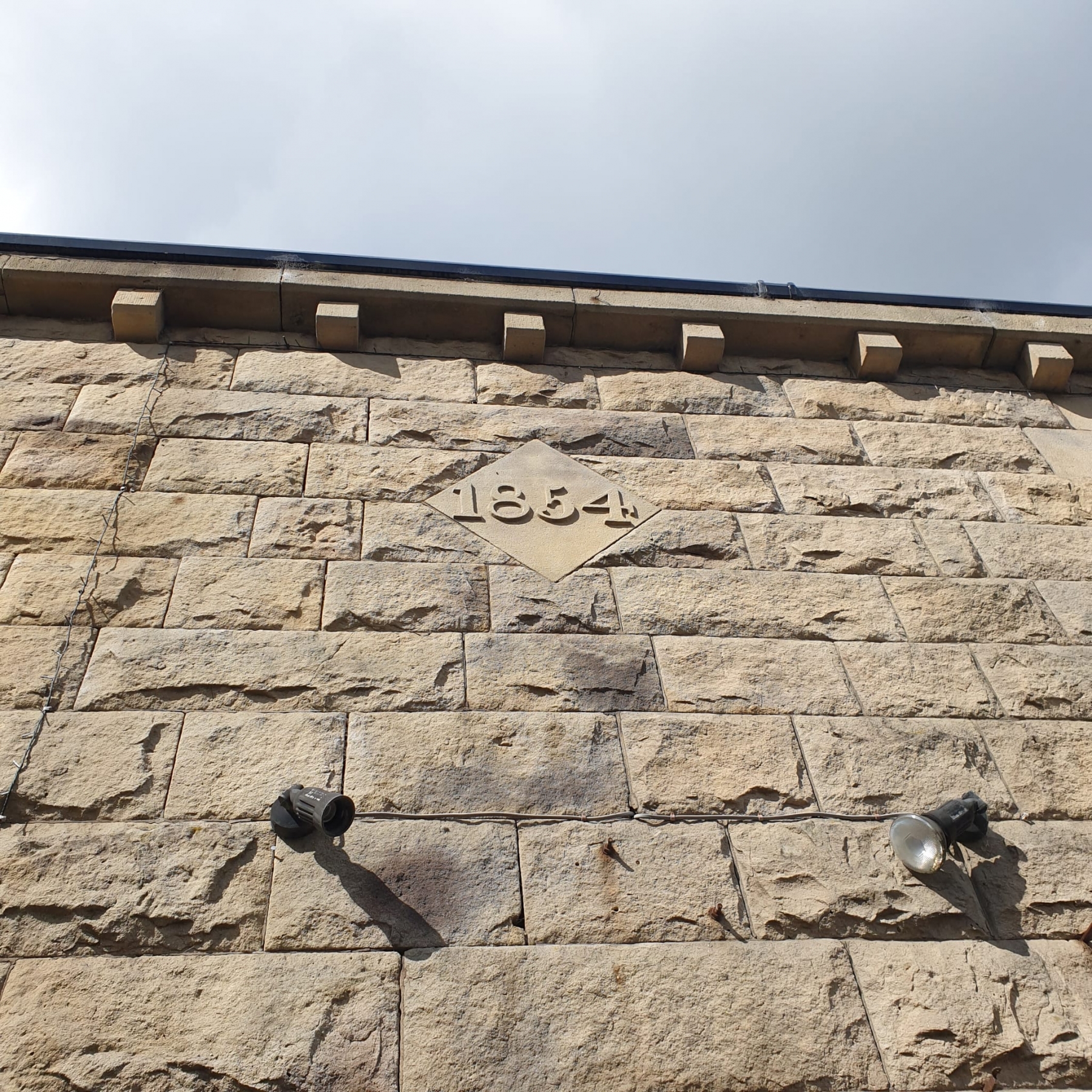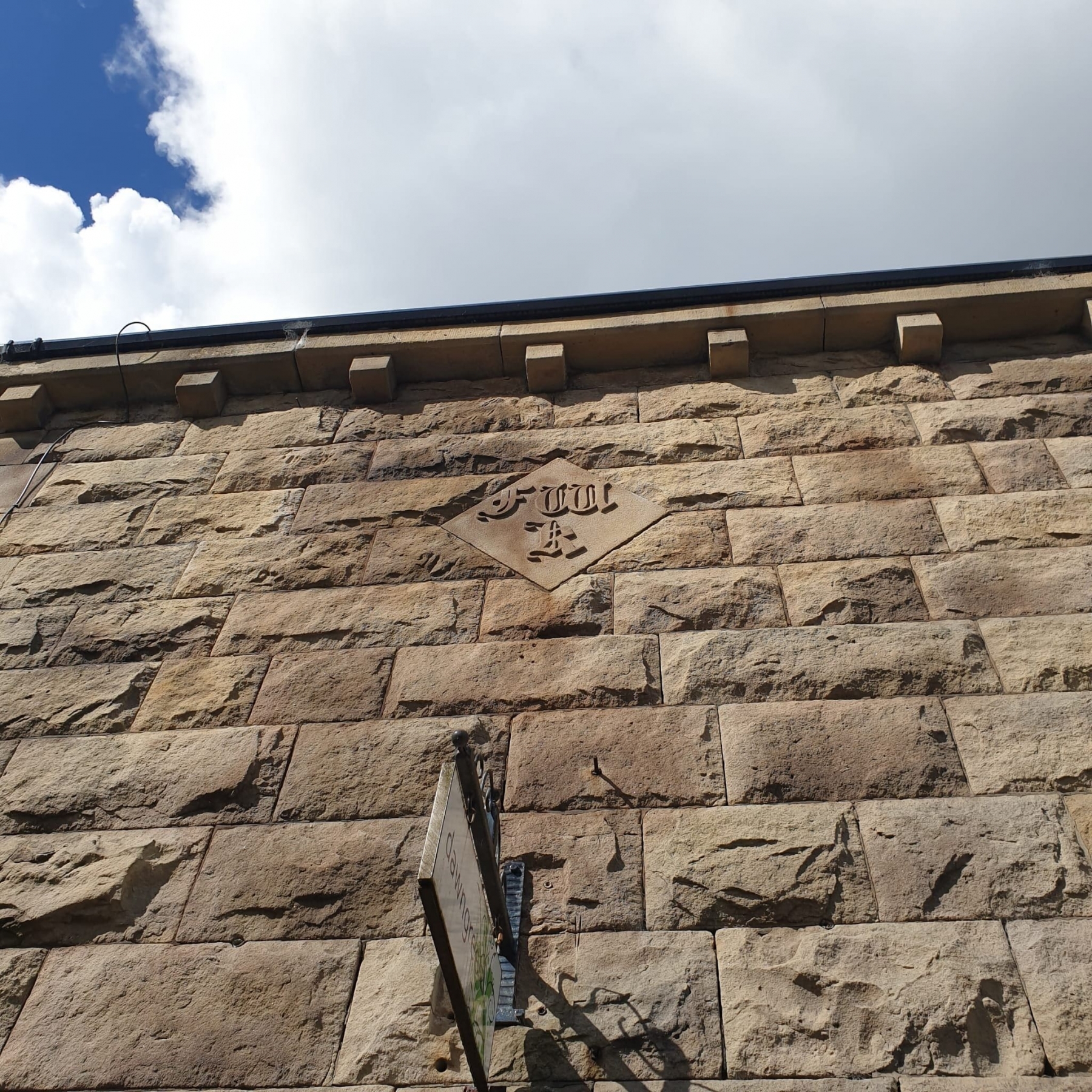Bridge Street
Garstang Estates Take me here now
Local Historian Paul Smith talks about the changing ownership of properties in Garstang.
Make sure your volume is on: "Garstang Estates"
In Bridge Street, the visitor will see some interesting details on some stone properties that are located on one side of the street. They are dated 1854, and on the first floor of the properties is the monogram F.W.K. - Frederick Walpole Keppel. And this is a good example of estate property identity.
The name Walpole Keppel is a long and interesting one because in 1750, Garstang was to change ownership in a profound way. Up until 1750, over a period of two centuries, the estate at Garstang changed hands several times. At one point, the estate was owned by the Savoy Hospital in London, but in 1750, after a period of 10 years' direct administration by the Crown, it was sold to a gentleman called Edward Walpole. His daughter, Laura, was due to be married and the estate was included as a part of the dowry. She married a man called Frederick Keppel. So the name Keppel actually figures quite a lot in the old town. Not only do these period properties in Bridge Street have the monogram of Frederick Walpole Keppel, they also have numbers on their doors used by the Keppel estate agent for rent recording purposes, and in the 1750s to 1919, all the properties in Garstang were given a so called rent number. these numbers appeared on the inside of the doors, not the outside, as you see today. But these numbers we see in Garstang today were drawn up in the year 1903. And by that time, through private negotiation, about a quarter of the property in Garstang had been sold to the tenants, and this means that the numbers are continuous in certain parts of Garstang, but then move in skips and jumps, missing out the sold properties. And over the years, of course, these numbers have changed from being rent numbers to addresses in the normal sense of the word, adding considerable confusion to postal deliveries over the years.
In November, 1919, the whole town lock, stock and barrel was sold off by the auctioneers Hothersalls of Preston. And for the local populace, it was a heaven sent opportunity to snap up your cottage, your home, your dwelling, your pub at knock down prices, and the attendance was very good indeed. it brought to an end a long, long period for Garstang. And this is brought into relief by one simple observation. If you arrive at Garstang today, you will drive through belts of farmland, then you will see modern post-war housing, and there right in the middle of it is an 18th century market town. It's almost as if the Victorian era had passed it by completely. And this is because the Keppel family who owned the estate prevented any encroachment upon the estate, any modern buildings, any major changes. And it was said by the people in this part of the county that Garstang was almost in a time trap. But after the estate was sold off in 1919, the modern world suddenly descended upon it, and a process of modernization, of catching up, began to take place rapidly during the 1920s and 1930s. A Georgian town in a modern context, the 19th century never really happened at Garstang, and I think this is what gives the town its character.
This page is part of Garstang Heritage Trail

